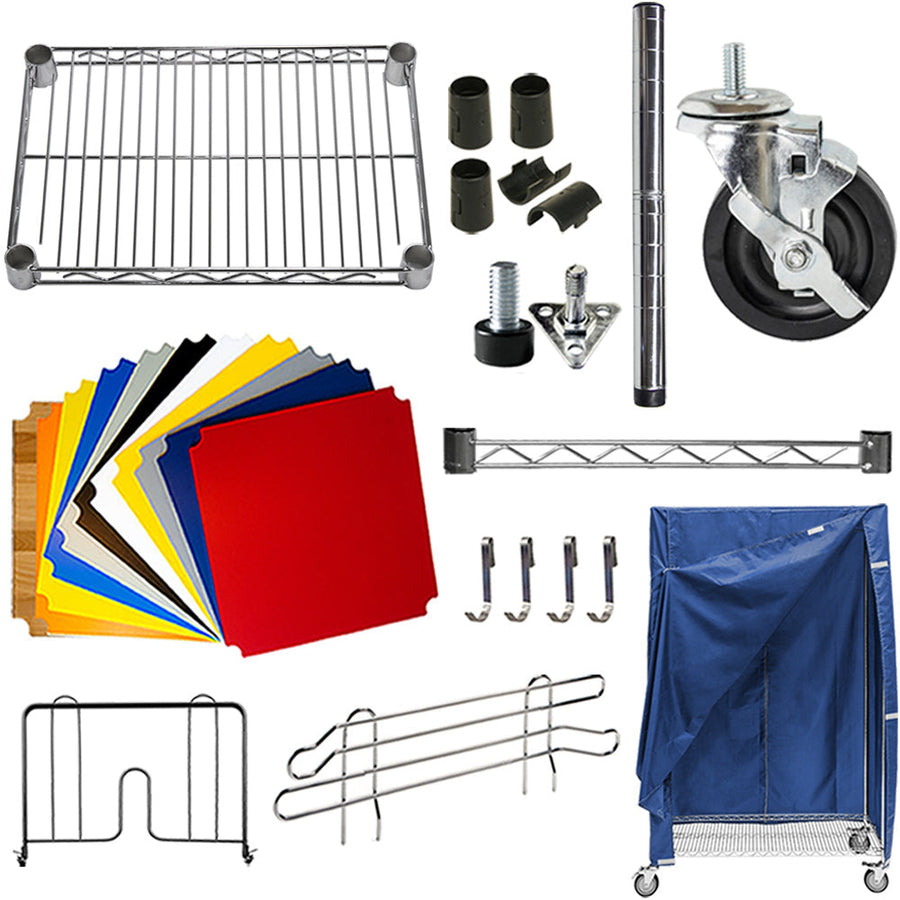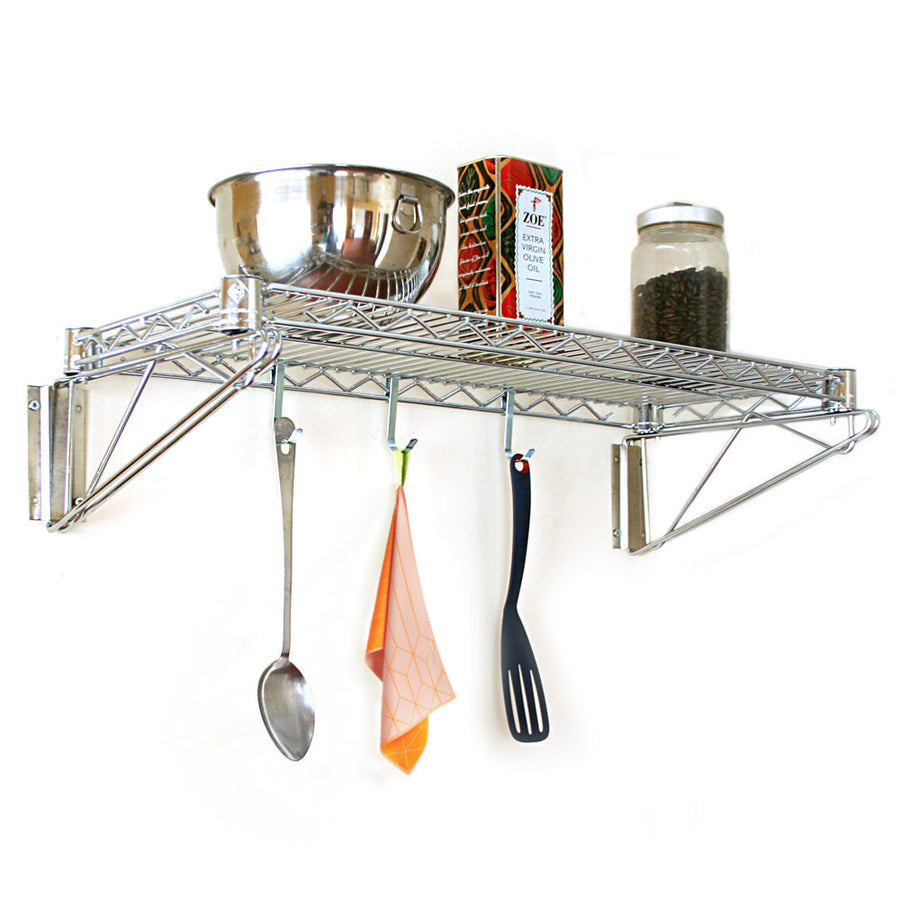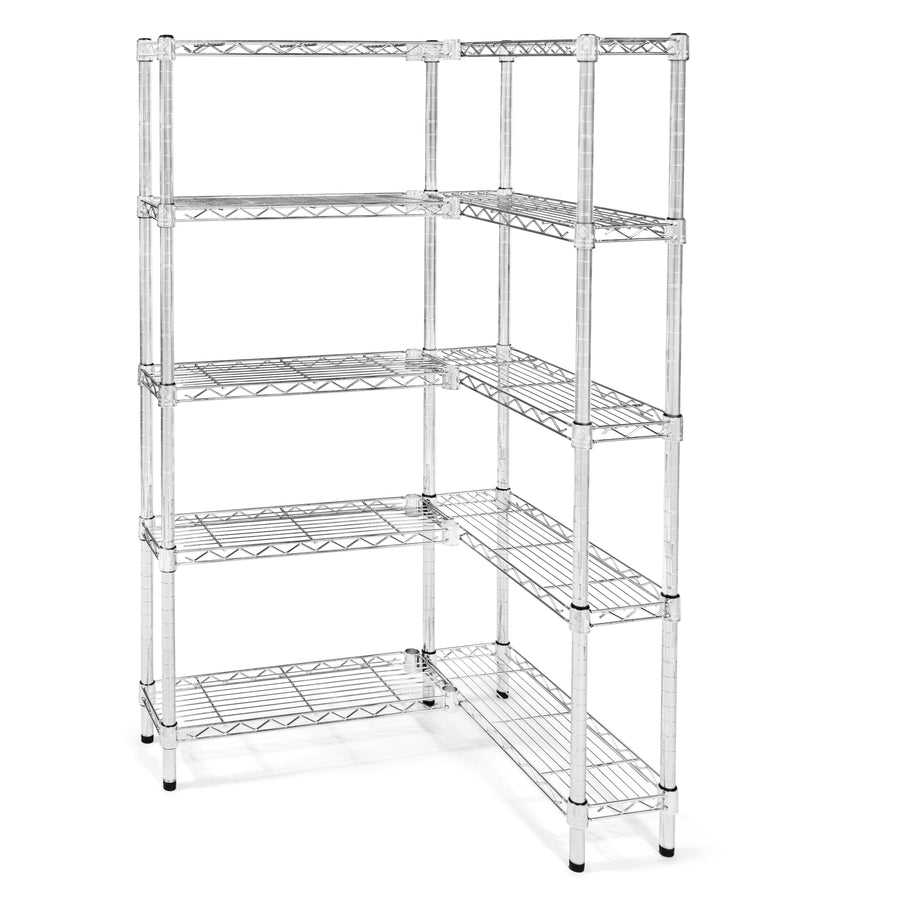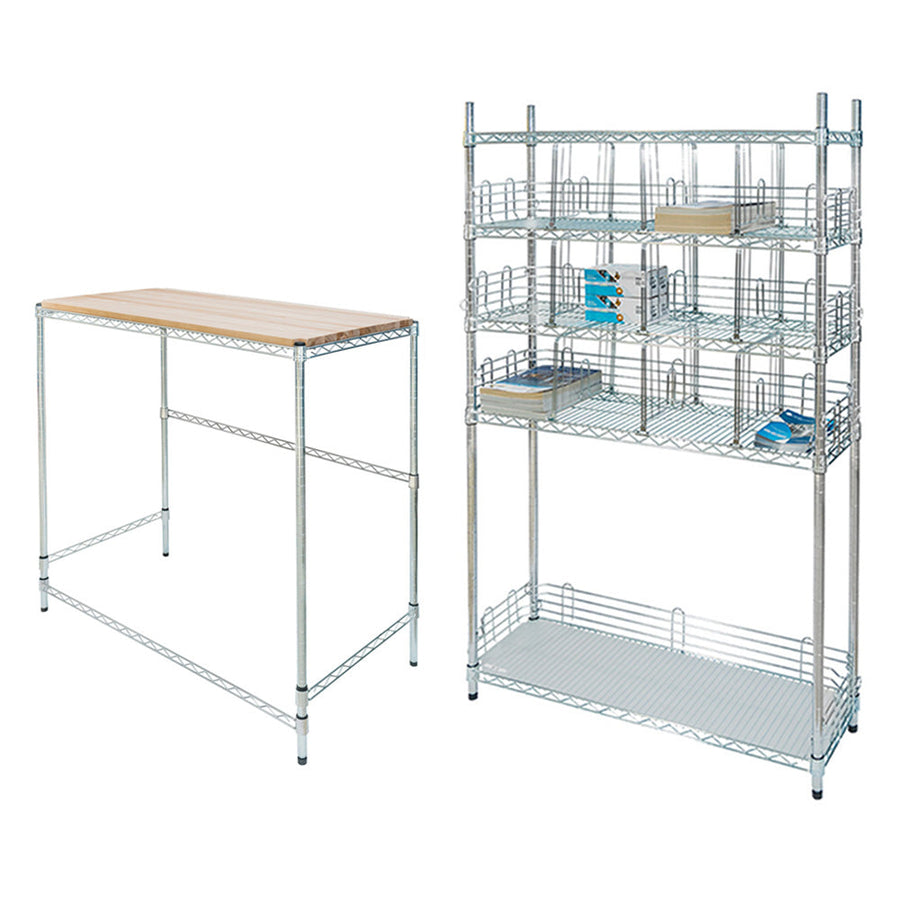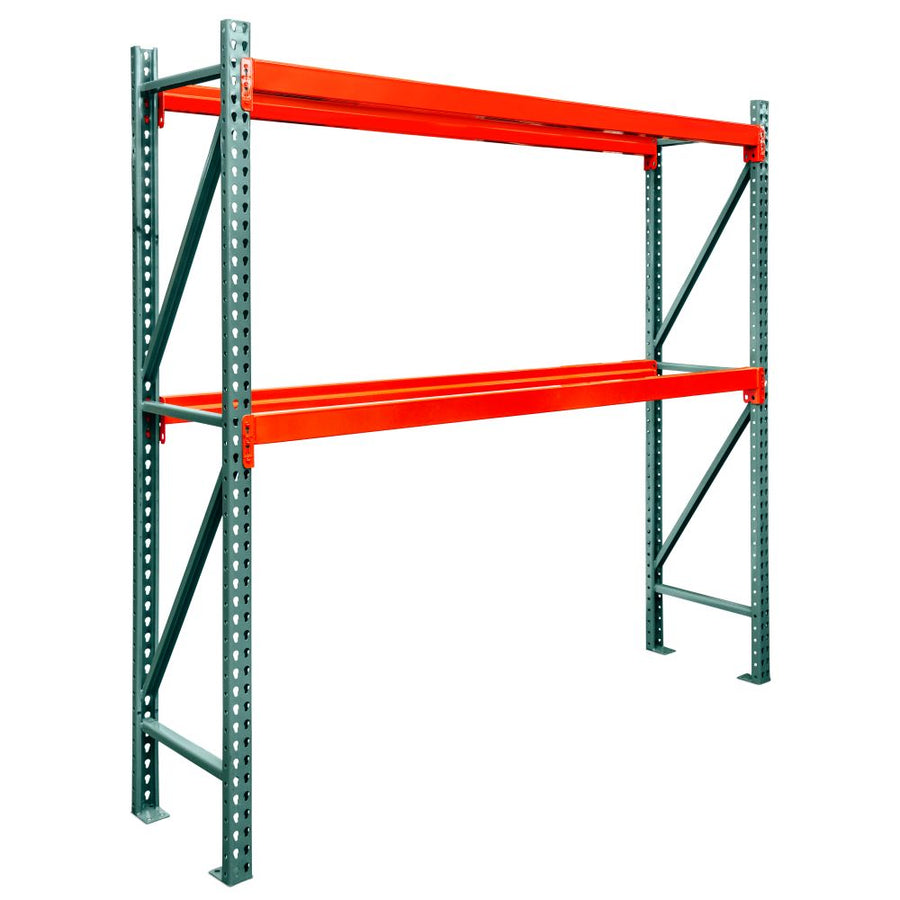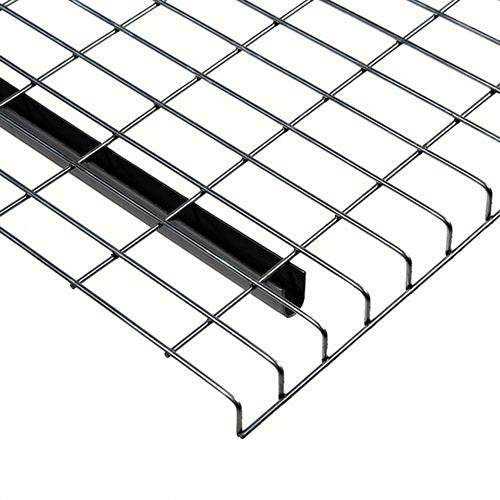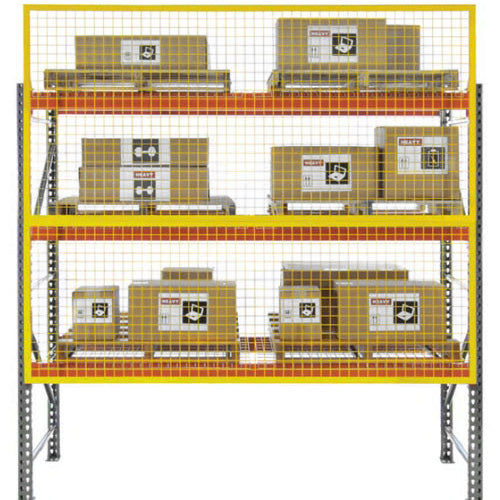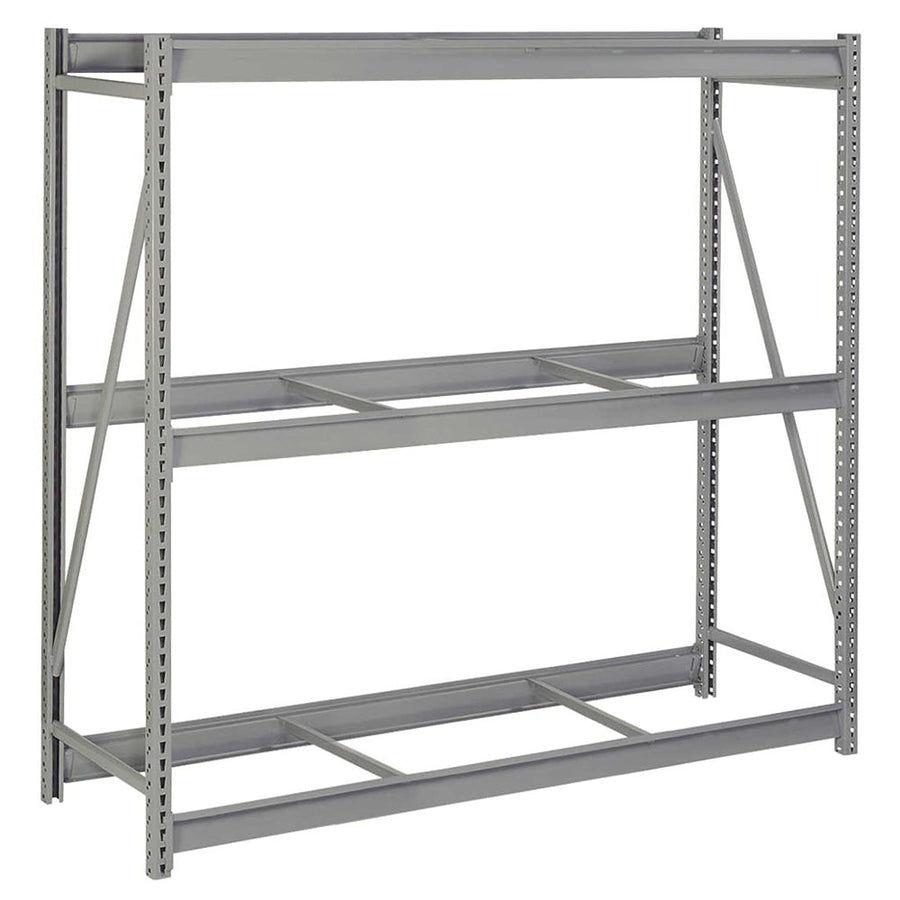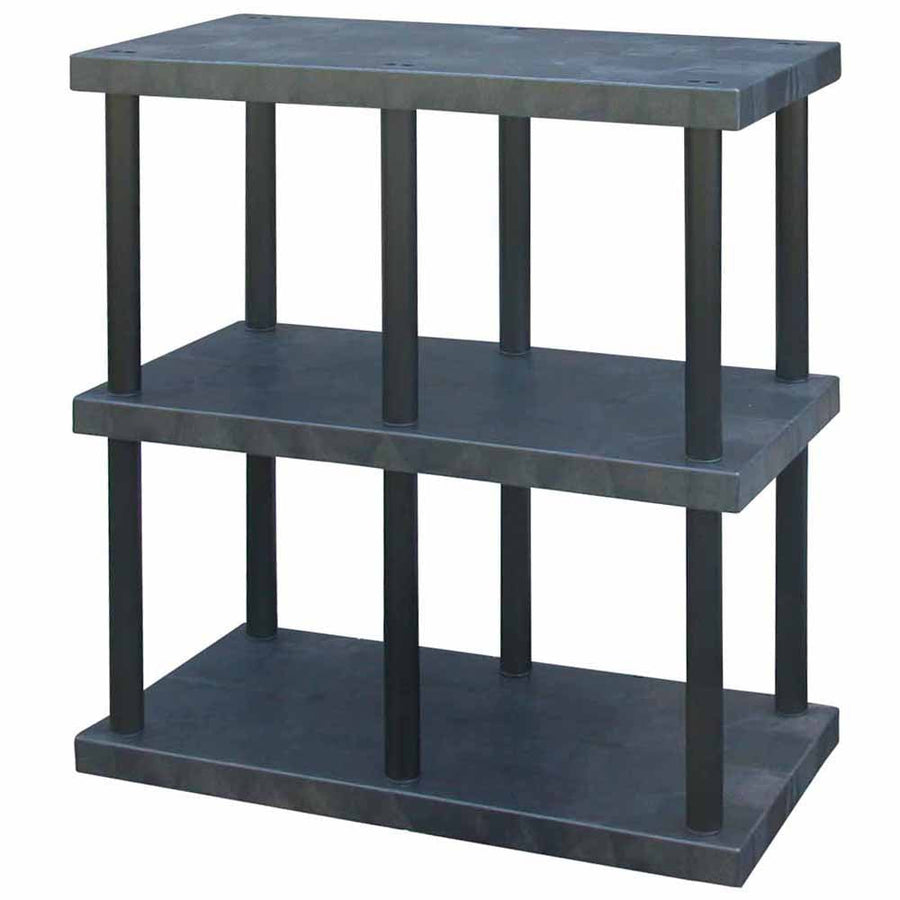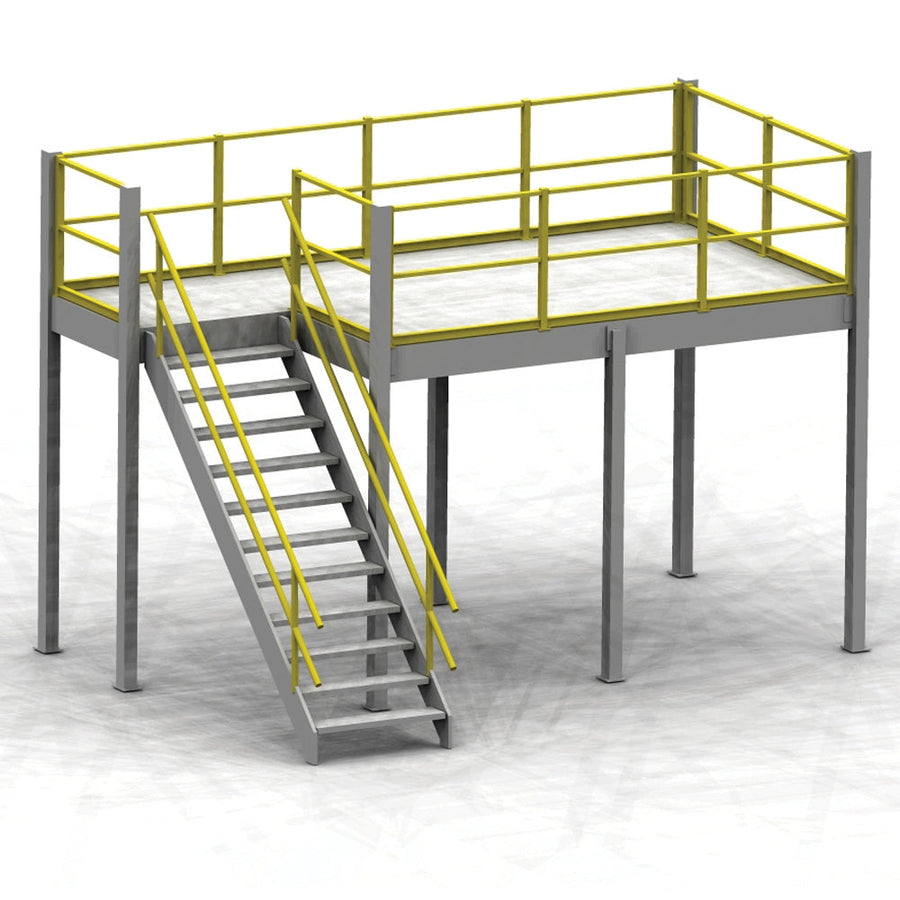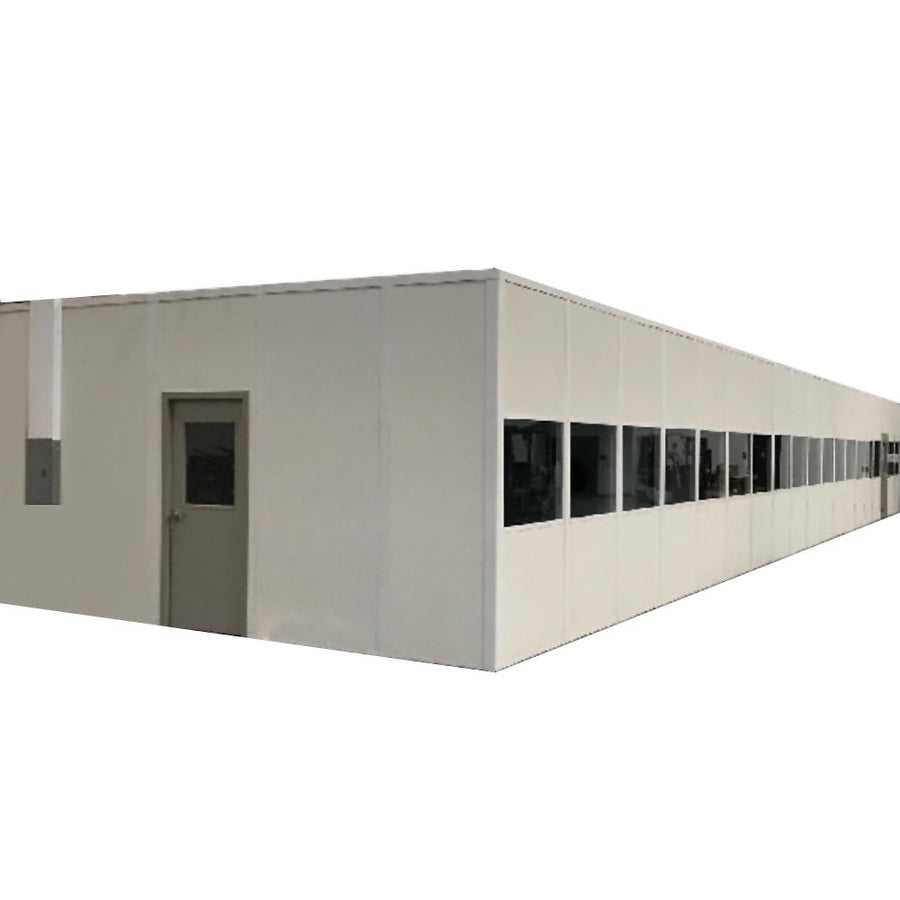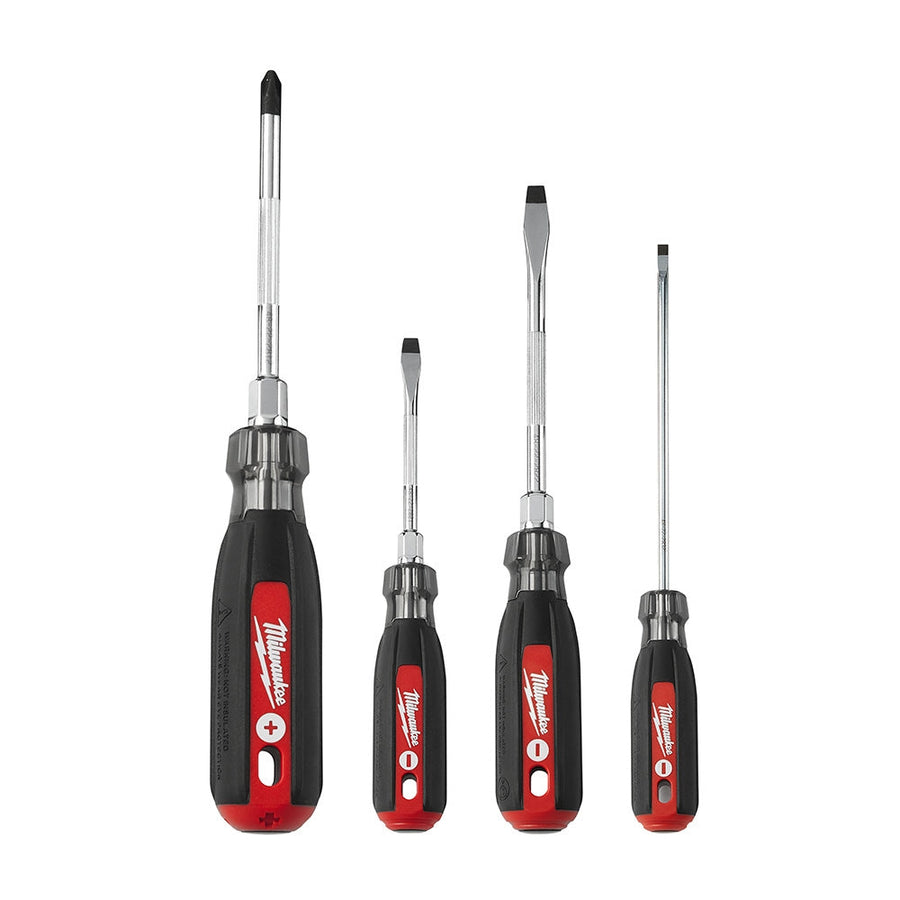Out of every business affected by the COVID-19 pandemic over the past year, perhaps few have seen as many changes - or as quickly - as food storage warehouses.
As the demand for food and groceries, both online and off, has increased during the pandemic, food warehouses have needed to be more resourceful and flexible than ever to keep up. Increased warehouse storage, faster delivery times, more flexible and versatile vendors, the list of changes food warehouses have experienced goes on and shows no sign of slowing down.
If you work in food storage, grocery logistics, or a public refrigerated warehouse (or PRW), a number of studies have been done by agencies such as CBRE about how food warehousing will continue to be impacted by the COVID-19 pandemic, even after things return to “normal”. Here’s a few of the notes we thought would be most important for warehouse managers, and what they’ll mean for you and your team:
Food Storage Warehouses During and After COVID-19
Specialized LocationsPRWs in particular have been seeing a drastic shift in how they plan and prioritize locations. Similar to other types of ecommerce businesses, PRWs have needed to focus more on the areas they serve and the places they get the greatest amount of orders from. This has resulted in many food warehouses trying to identify the best locations for their warehouses, and the best areas they can serve their customers from. As time goes on, review your most frequent orders and identify their locations - are you able to get items to your customers on time as needed, or do you need an additional location to help get orders out on time? The actual location of your warehouse will become more important than ever, as online grocery shopping isn’t going away any time soon.
Increased Storage for Retail
If your food warehouse doesn’t sell directly to customers, and instead serves a retail outlet, you may need to increase the amount of storage and capacity you offer your retail clients. Even during the pandemic, grocery stores have been busier than ever - many ecommerce orders are fulfilled by individual locations instead of a centralized distribution facility, and that means retailers need faster fulfillment of their products than ever before. To this end, be prepared to install more storage (and modify your existing storage solutions) to accommodate greater volumes of product - add more wire shelves, sterile shelving, or antimicrobial shelves to handle the influx of items, and be prepared to rearrange them to ensure easier access to more popular items as needs arise.
Further Cold Storage
Speaking of, cold storage is growing in popularity due to the changing of restaurant trends. Dining in has been on the wane since the pandemic began, which means more restaurants are turning to take-out and delivery to make ends meet. These restaurants need warehouses that can offer more cold storage for their ingredients and supplies, and adding more walk in freezer shelves to your warehouse can be a huge benefit in the long run.
Staffing Levels & Automation
Even as warehouses continue to become more automated as time goes on, finding the right balance between automation and on-hand staffing will be crucial to handling the shifts in volume and product demand. Staff as appropriately as you can for any shift, in any department, and be aware of social distancing protocols - even if you can’t automate your processes any farther, make sure to keep your team as far from one another as possible to ensure safety for everyone in the warehouse.



